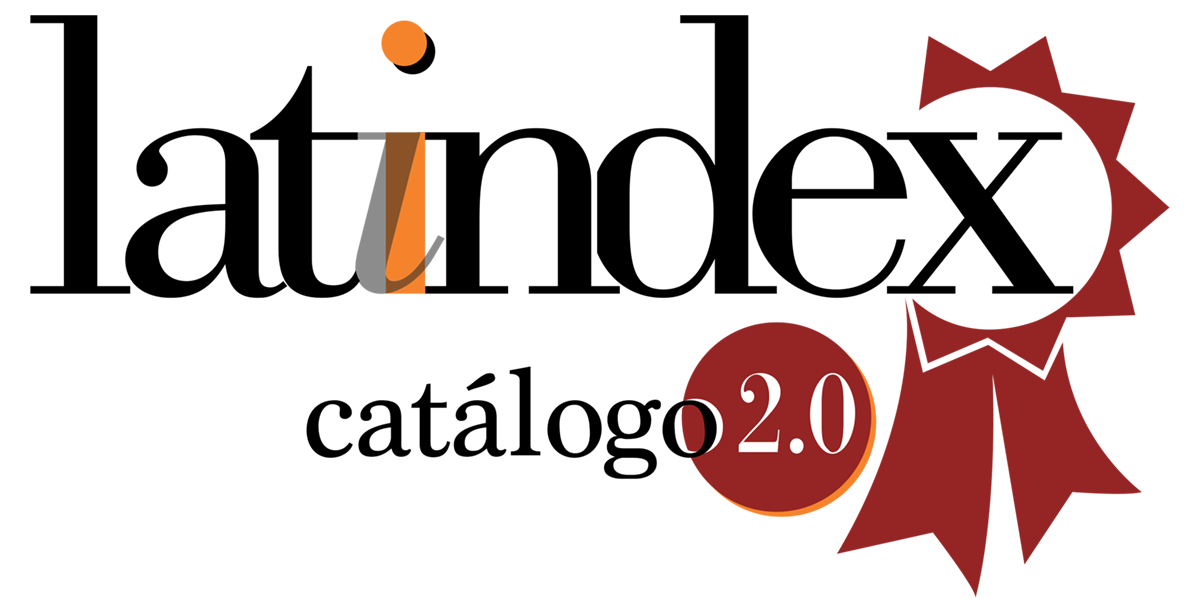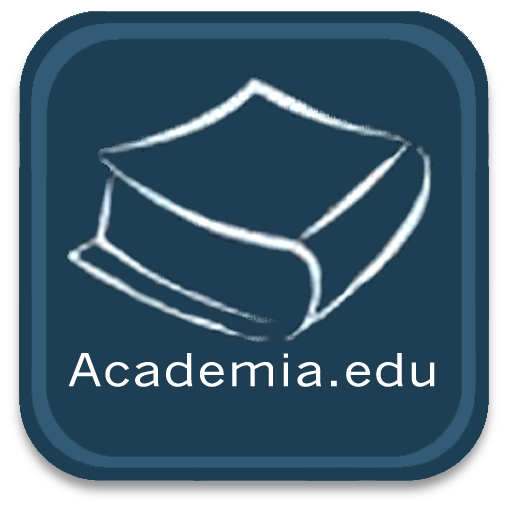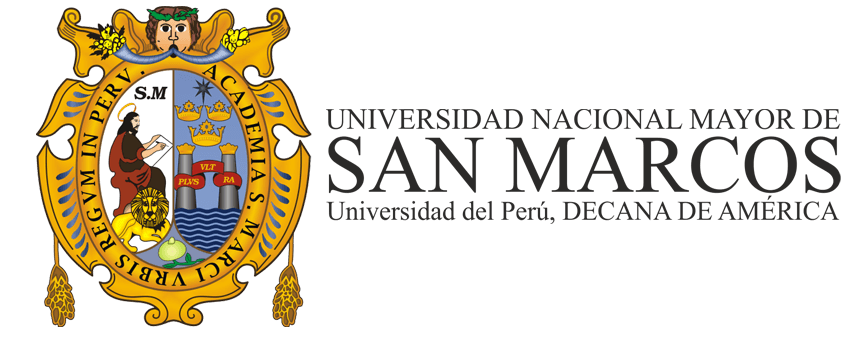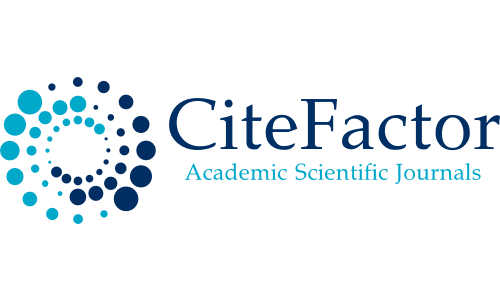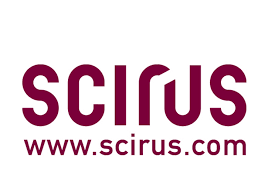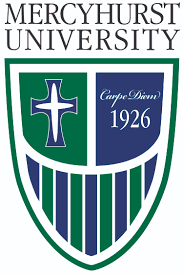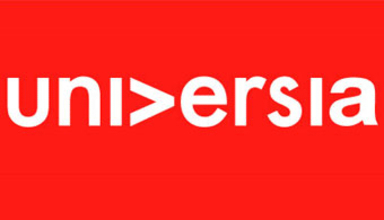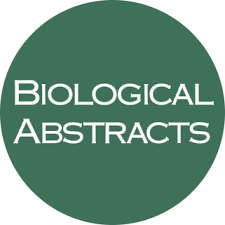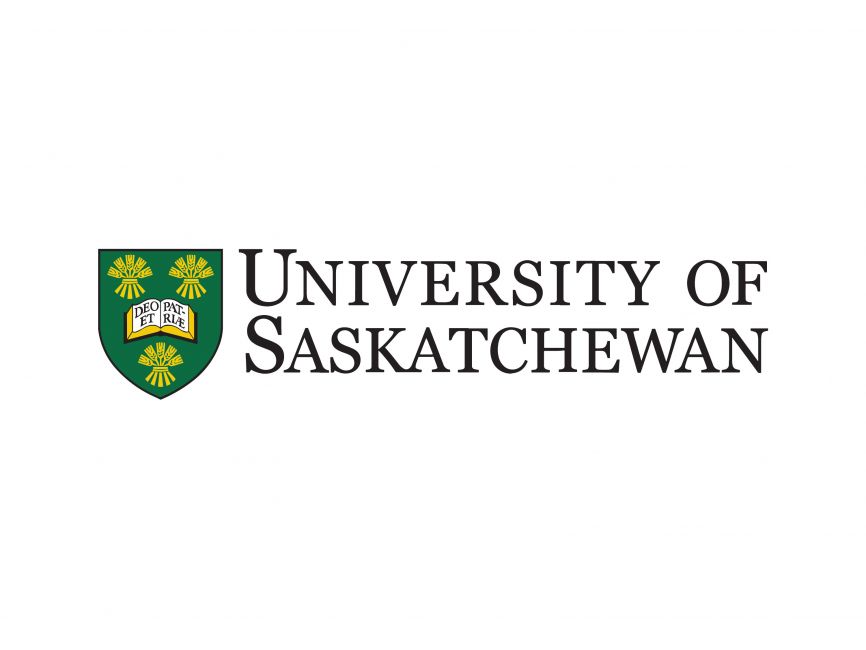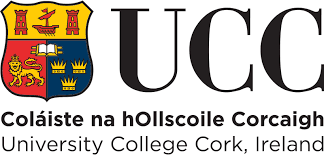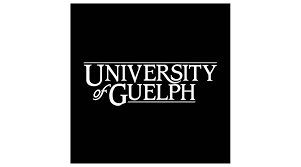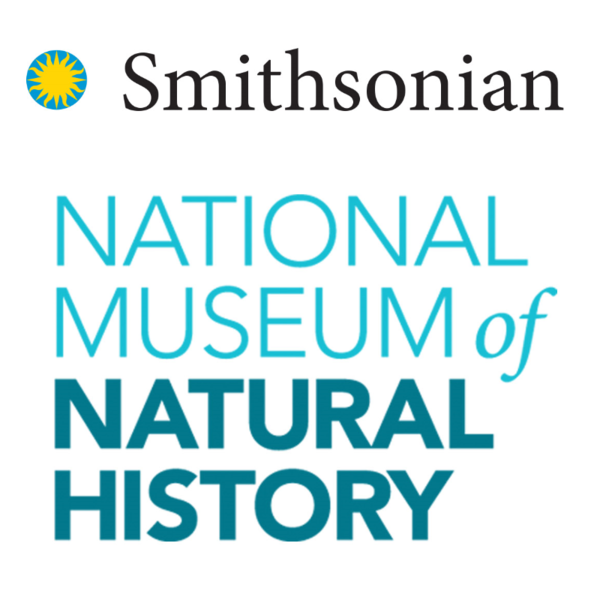Clinostomum marginatum infestation in Poecilia reticulata guppy collected in the Peruvian amazon and the identification of the species involved in its life cycle
DOI:
https://doi.org/10.62429/rnh20251911882Keywords:
Trematoda, Butorides striata , Clinostomidae , Pomacea maculata, TrematodaAbstract
Poecilia reticulata (Peters, 1859), popularly known as the guppy, is a small fi sh commonly confined to the shallow edges of pools and streams and also found in heavily polluted water bodies. In natural and artificial environments, this fish species can be infected by a wide range of pathogens and parasites. In the present study, we reported for the first time in the Peruvian Amazon, the infestation of metacercariae of Clinostomum marginatum (Rudolphi, 1819) in the body of specimens of P. reticulata. Between May and June 2024, fifty specimens of P. reticulata were collected from an urban stream in the city of Iquitos, Loreto, Peru. Samples were collected at the “Laboratorio de Parasitolog.a y Sanidad Acuícola” from the “Instituto de Investigaciones de la Amazon.a Peruana” (IIAP) in Loreto, Peru. Metacercariae of C.marginatum were observed embedded in the muscle tissue of 100% of sampled guppies. The freshwater snail Pomacea maculata (Perry, 1810) was captured in the same stream as guppies, acting as the first intermediate host. Poecilia reticulata acts as the second intermediate host, while the striated heron Butorides striata (Linnaeus, 1758) was observed as the definitive host where the adult parasites feed and reproduce. This is the first record of C. marginatum parasitizing P. reticulata from the Peruvian Amazon.
Downloads
Published
How to Cite
Issue
Section
License

This work is licensed under a Creative Commons Attribution-NonCommercial-NoDerivatives 4.0 International License.
OBJETO: El AUTOR-CEDENTE transfiere de manera TOTAL Y SIN LIMITACIÓN alguna al CESIONARIO los derechos patrimoniales que le corresponden sobre la (s) obra(s) tituladas: xxxxxxxxxxxxxxxx, por el tiempo que establezca la ley internacional. En virtud de lo anterior, se entiende que el CESIONARIO adquiere el derecho de reproducción en todas sus modalidades, incluso para inclusión audiovisual; el derecho de transformación o adaptación, comunicación pública, traducción, distribución y, en general, cualquier tipo de explotación que de las obras se pueda realizar por cualquier medio conocido o por conocer en el territorio nacional o internacional.
REMUNERACIÓN: La cesión de los derechos patrimoniales de autor que mediante este contrato se hace será a título gratuito.
CONDICIONES Y LEGITIMIDAD DE LOS DERECHOS: El AUTOR-CEDENTE garantiza que es propietario integral de los derechos de explotación de la(s) obra(s) y en consecuencia garantiza que puede contratar y transferir los derechos aquí cedidos sin ningún tipo de limitación por no tener ningún tipo de gravamen, limitación o disposición. En todo caso, responderá por cualquier reclamo que en materia de derecho de autor se pueda presentar, exonerando de cualquier responsabilidad al CESIONARIO.
LICENCIA DE ACCESO ABIERTO: El AUTOR-CEDENTE autoriza que manuscrito publicado en La Revista Neotropical Helminthology permanece disponible para su consulta pública en el sitio web https://www.neotropicalhelminthology.com/ y en los diferentes sistemas de indexación y bases de datos en las que la revista tiene visibilidad, bajo la licencia Creative Commons, en la modalidad Reconocimiento-No comercial- Sin Trabajos derivados –aprobada en Perú, y por lo tanto son de acceso abierto. De ahí que los autores dan, sin derecho a retribución económica, a la Asociación Peruana de Helmintología e Invertebrados Afines (APHIA), los derechos de autor para la edición y reproducción a través de diferentes medios de difusión.

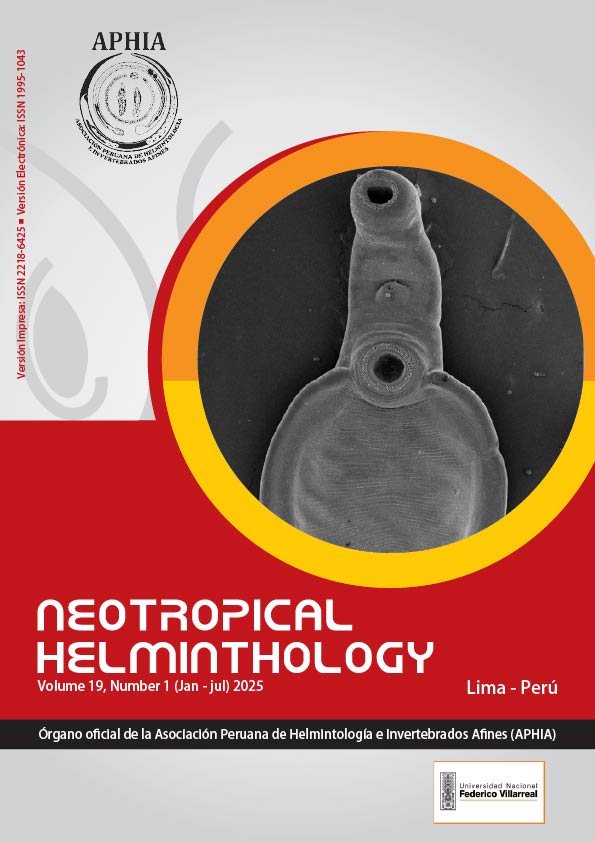
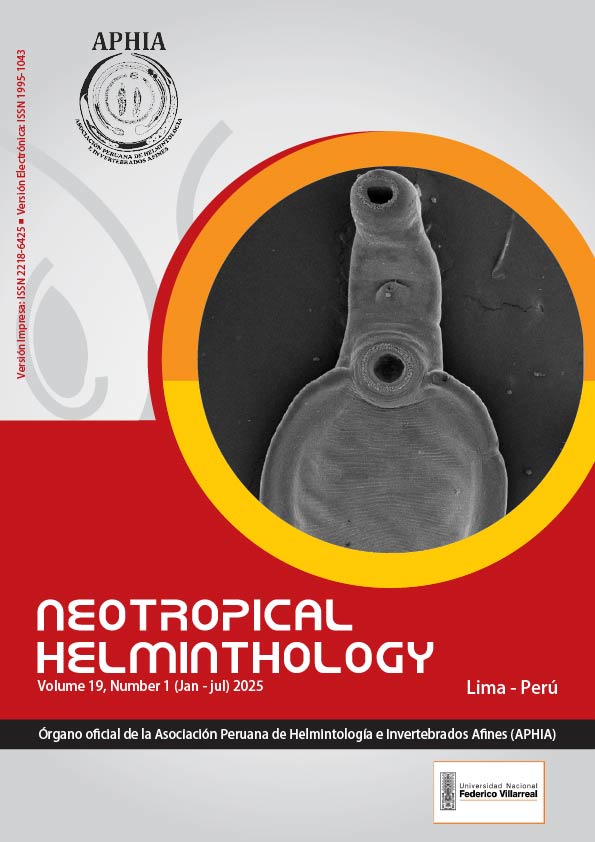 Numero 2 Volumen 19 - 2025 (versión Anticipada)
Numero 2 Volumen 19 - 2025 (versión Anticipada)









